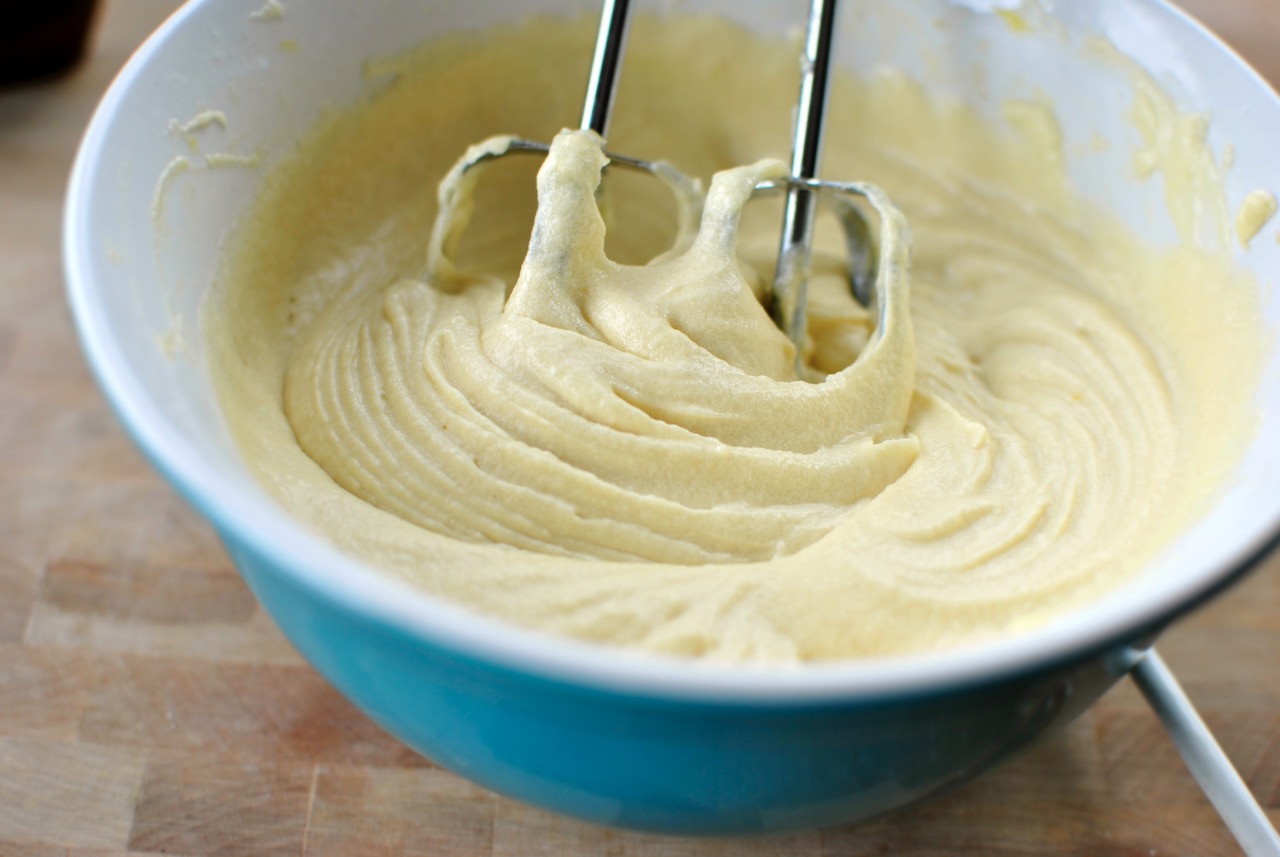

Articles
How To Mix Cake Batter Without A Mixer
Modified: February 28, 2024
Learn how to mix cake batter without a mixer with these helpful articles. Discover the tips and tricks to achieve the perfect consistency and texture for your homemade cakes.
(Many of the links in this article redirect to a specific reviewed product. Your purchase of these products through affiliate links helps to generate commission for Storables.com, at no extra cost. Learn more)
Introduction
When it comes to baking a delicious cake, a mixer is often considered an essential tool in the kitchen. It provides a quick and efficient way to combine ingredients, creating a smooth and well-incorporated batter. However, there may be times when you find yourself without a mixer or simply prefer to mix your cake batter by hand. In such cases, knowing how to mix cake batter without a mixer can come in handy.
Mixing cake batter by hand allows for a more hands-on approach to baking, allowing you to connect with the process and truly understand the texture and consistency of the batter. It can also be a fun and engaging activity, perfect for involving children and making memories in the kitchen.
While mixing cake batter without a mixer may require a bit more effort and time compared to using a mixer, the results can be just as delicious. With the right techniques and a few key tools, you can achieve a light, fluffy, and well-mixed cake batter that will bake up into a delectable treat.
In this article, we will explore why you might want to mix cake batter without a mixer, the essential tools and ingredients you’ll need, basic techniques for mixing, alternative methods to consider, and some valuable tips to ensure your success. So, whether you find yourself mixer-less or simply prefer the hands-on approach, let’s dive into the art of mixing cake batter without a mixer!
Key Takeaways:
- Embrace the Art of Hand Mixing
Discover the joy of connecting with the baking process and achieving delicious cakes without a mixer. Use basic techniques, alternative methods, and patience for a rewarding baking experience. - Achieve Perfect Texture Without a Mixer
From sifting dry ingredients to gentle mixing, learn how to create moist and evenly baked cakes by hand. Embrace traditional methods and enjoy the satisfaction of homemade baking.
Read more: How To Store Cake Batter
Why Mix Cake Batter Without a Mixer?
You may be wondering why someone would want to bother mixing cake batter without the convenience of a mixer. While a mixer certainly offers speed and efficiency, there are several reasons why you might choose to mix cake batter by hand:
1. Limited Kitchen Equipment
Not everyone has access to a mixer or can afford one. In some cases, you may be in a temporary living situation or using a shared kitchen where a mixer is not available. Mixing cake batter by hand allows you to work with what you have and still enjoy the process of baking.
2. Control Over Texture
Mixing by hand gives you more control over the texture of your cake batter. You can feel the consistency and make adjustments as you go. This is particularly helpful when working with delicate batters, like angel food cake or sponge cake, where overmixing can result in a dense and heavy texture.
3. Traditional Baking Methods
Baking has a long history, and before the invention of mixers, people relied on mixing by hand. Some bakers prefer to embrace these traditional methods and feel a sense of satisfaction in creating a cake using their own manpower instead of relying on modern gadgets.
Read more: How To Store Leftover Cake Batter
4. Hands-On Experience
Mixing cake batter by hand provides a more tactile and intimate experience. You can feel the ingredients come together, witness the transformation of individual components into a cohesive batter, and truly connect with the baking process. It’s a way to bring a personal touch to your creations.
Overall, mixing cake batter without a mixer allows for creativity, adaptability, and a connection to the art of baking. It’s an opportunity to step away from the convenience of modern appliances and embrace the timeless pleasure of making something delicious by hand.
Tools and Ingredients Needed
Before diving into the process of mixing cake batter without a mixer, it’s important to gather the necessary tools and ingredients. While the list is simple, having everything prepared beforehand will make the mixing process smoother and more enjoyable.
Tools:
- Large mixing bowl: Choose a bowl that is spacious enough to comfortably accommodate the amount of batter you need for your cake.
- Whisk: A large whisk will be your primary tool for combining the ingredients. Look for one with sturdy wires that can effectively mix and incorporate the batter.
- Wooden spoon or rubber spatula: These utensils are handy for scraping down the sides of the bowl and ensuring all the ingredients are well mixed.
- Balloon whisk or hand-held electric whisk (optional): While not necessary, these tools can provide a little extra help in achieving a smoother and more evenly mixed batter.
- Baking pan: Choose the appropriate size and shape of the pan required for your specific cake recipe.
Ingredients:
The ingredients needed to mix cake batter without a mixer are the same as those used with a mixer. The specific ingredients will vary depending on the type of cake you are making, but commonly used ingredients include:
- All-purpose flour
- Sugar
- Baking powder
- Butter or oil
- Eggs
- Milk or other liquids
- Flavorings such as vanilla extract or cocoa powder
Make sure you have all the ingredients measured and ready to go before you start mixing. Properly measuring the ingredients is crucial for achieving the right balance and texture in your cake.
With the necessary tools and ingredients at your disposal, you’re ready to embark on the journey of mixing cake batter without a mixer. So, roll up your sleeves, get your whisk ready, and let’s start creating a delicious homemade cake!
Read more: How To Mix Dough Without A Stand Mixer
Basic Techniques for Mixing Cake Batter
To achieve a well-mixed cake batter without a mixer, it’s important to follow some basic techniques. By using the correct methods, you can ensure that all the ingredients are properly incorporated, resulting in a moist and evenly baked cake.
1. Sift Dry Ingredients
Before you begin, it’s a good idea to sift your dry ingredients, such as flour, baking powder, and cocoa powder, together. This helps to remove any lumps and aerate the mixture, resulting in a smoother and lighter batter. Sift the dry ingredients into a separate bowl and set it aside.
2. Cream Butter and Sugar
In a large mixing bowl, cream the softened butter and the sugar together until they are light and fluffy. Use a whisk or a wooden spoon to vigorously mix the butter and sugar, incorporating air into the mixture. This step helps to create a tender and moist cake.
3. Incorporate Wet Ingredients
Once the butter and sugar are creamed, add the eggs one at a time, beating well after each addition. This ensures that each egg is fully incorporated into the batter. Next, add any liquids, such as milk or vanilla extract, and mix until well combined.
Read more: How To Mix Without Electric Mixer
4. Gradually Add Dry Ingredients
Now, gradually add the sifted dry ingredients to the wet mixture. Use a whisk or a wooden spoon to gently fold in the dry ingredients, being careful not to overmix. Overmixing can result in a tough cake. Stir until just combined, ensuring that there are no pockets of dry ingredients left.
5. Scrape Down the Bowl
Throughout the mixing process, periodically scrape down the sides and bottom of the bowl with a wooden spoon or rubber spatula. This ensures that all the ingredients are thoroughly mixed and prevents any lumps from forming.
By following these basic techniques, you can achieve a well-mixed cake batter without the use of a mixer. Remember to be gentle and avoid overmixing, as this can affect the texture of your cake. With practice, you’ll become more proficient in hand mixing and create delicious cakes with ease!
Alternative Methods for Mixing Cake Batter
In addition to the basic hand mixing techniques, there are a few alternative methods you can try to mix cake batter without a mixer. These methods can be particularly useful if you have limited arm strength or prefer a different approach to mixing. Let’s explore some of these alternative methods:
1. Using a Balloon Whisk
If you find that whisking by hand is tiring or takes too long, you can use a balloon whisk as an alternative. A balloon whisk is designed with a large, rounded shape that can help incorporate air into the batter more efficiently. Start by using a hand whisk or wooden spoon to combine the ingredients, and then switch to the balloon whisk for a faster and more effective mixing process.
Read more: How To Store Cake Batter For Later Use
2. Hand-held Electric Whisk
If you have access to a hand-held electric whisk, you can use it as an alternative to mixing by hand. This appliance can save you time and effort, especially when you’re working with larger batches of batter. Use a low to medium speed setting to ensure gentle and even mixing.
3. Stand Mixer with Paddle Attachment
If you happen to have a stand mixer but no traditional whisk attachment, you can use the paddle attachment instead. The paddle attachment is designed to provide gentle mixing and can effectively combine the ingredients. Be cautious not to overmix, as the paddle attachment can develop gluten in the batter and lead to a denser texture.
4. Food Processor
In some cases, you can use a food processor to mix cake batter. However, this method is better suited for certain types of batters, such as those with a thicker consistency. Place the ingredients in the food processor and pulse them until they are well combined. Be careful not to overmix and process the batter for too long, as it can result in a dense and heavy cake.
Remember, these alternative methods can be helpful when hand mixing becomes challenging or time-consuming. However, keep in mind that the traditional hand mixing techniques provide a more hands-on and tactile experience, allowing you to have greater control over the texture and consistency of your cake batter.
Tips for Successful Mixing Without a Mixer
When it comes to mixing cake batter without a mixer, there are a few tips that can help ensure successful results. These tips will not only make the mixing process easier but also help you achieve a well-incorporated and evenly textured batter. Let’s explore some key tips:
Read more: How To Store Cake Batter Between Batches
1. Use Softened Butter
Make sure to use softened butter for easy creaming with the sugar. Softened butter blends more easily and evenly, resulting in a smoother batter. Leave the butter at room temperature for about 30 minutes before you begin mixing.
2. Room Temperature Ingredients
Having all of your ingredients at room temperature is essential for proper mixing. When eggs and liquids are at room temperature, they blend more smoothly into the batter. This helps to prevent curdling and allows for better incorporation of the ingredients.
3. Mix in Stages
When adding dry ingredients to the wet mixture, it’s best to do so in stages. This prevents the batter from becoming too dry or lumpy. Add a portion of the dry ingredients, mix until just combined, and then add the next portion. Repeat until all the dry ingredients are incorporated.
4. Be Gentle When Mixing
Avoid overmixing the batter as it can result in a dense and tough cake. Mix until the ingredients are just combined and no dry pockets remain. Overmixing can develop gluten in the batter, affecting the texture and rise of the cake. Be gentle and use a light hand throughout the mixing process.
Read more: Which Stand Mixer Attachment For Cake
5. Use a Folding Technique
When adding dry ingredients, use a folding technique rather than stirring vigorously. Folding helps to incorporate the dry ingredients gently while minimizing the risk of overmixing. Use a rubber spatula or a whisk to fold the dry ingredients into the wet mixture, using a gentle, sweeping motion.
6. Rotate the Bowl
Rotate the mixing bowl as you mix the batter to ensure that all the ingredients are evenly combined. This helps to avoid any pockets of unmixed batter or dry ingredients. Rotate the bowl in a circular motion as you fold or stir the batter.
7. Take Breaks if Needed
If you’re finding the hand mixing process tiring or your arm needs a break, feel free to take short breaks in between. Baking should be a enjoyable experience, so don’t hesitate to give your arm some rest if necessary. Take a moment to relax and gather your energy before resuming the mixing process.
By following these tips, you can achieve successful results when mixing cake batter without a mixer. Remember to have patience and enjoy the process. The effort you put into hand mixing will be rewarded with a delicious homemade cake!
Conclusion
Mixing cake batter without a mixer may require some extra effort and time, but it can be a rewarding and enjoyable experience. Whether you choose to mix by hand due to limited kitchen equipment, a desire for more control over the texture, or a preference for traditional methods, the results can be just as delicious as using a mixer.
Throughout this article, we have explored the reasons why you might choose to mix cake batter without a mixer and provided tips and techniques for successful hand mixing. We discussed the essential tools and ingredients needed, along with alternative methods to consider if you have access to certain kitchen appliances.
The key to successful hand mixing lies in using the right techniques, being gentle in your approach, and ensuring all ingredients are well incorporated. By sifting dry ingredients, creaming butter and sugar, gradually adding dry ingredients, and being mindful of overmixing, you can achieve a well-mixed batter that will result in a moist and delicious cake.
Remember to take breaks if needed and enjoy the process of creating something from scratch. Baking is not only about the final product but also about connecting with the ingredients and the art of making something with your own hands.
So, the next time you find yourself without a mixer or simply want to embrace the hands-on approach, put on your apron, gather your tools, and mix that cake batter by hand. With a little patience and practice, you’ll become a pro at creating delectable cakes without relying on modern gadgets. And who knows, you may even discover a newfound appreciation for the art of baking!
Frequently Asked Questions about How To Mix Cake Batter Without A Mixer
Was this page helpful?
At Storables.com, we guarantee accurate and reliable information. Our content, validated by Expert Board Contributors, is crafted following stringent Editorial Policies. We're committed to providing you with well-researched, expert-backed insights for all your informational needs.
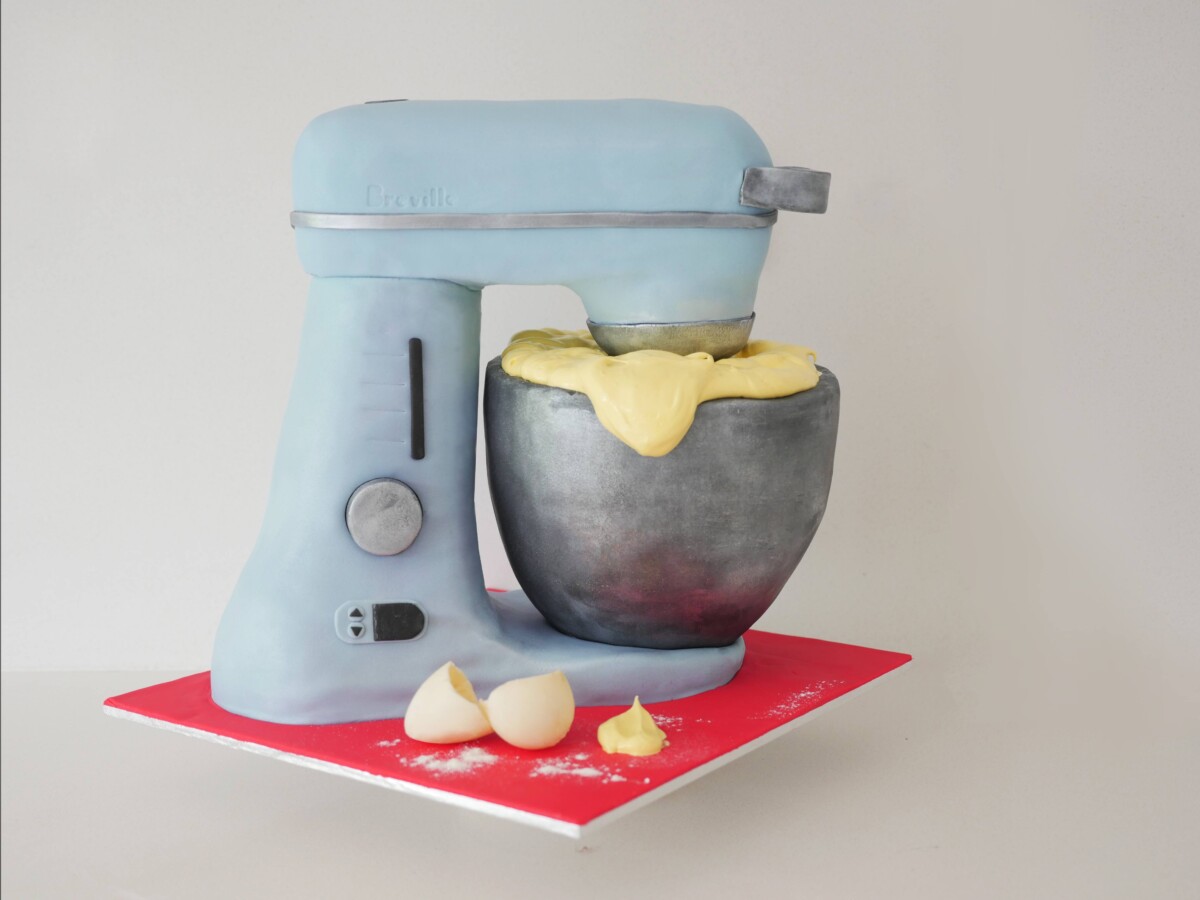
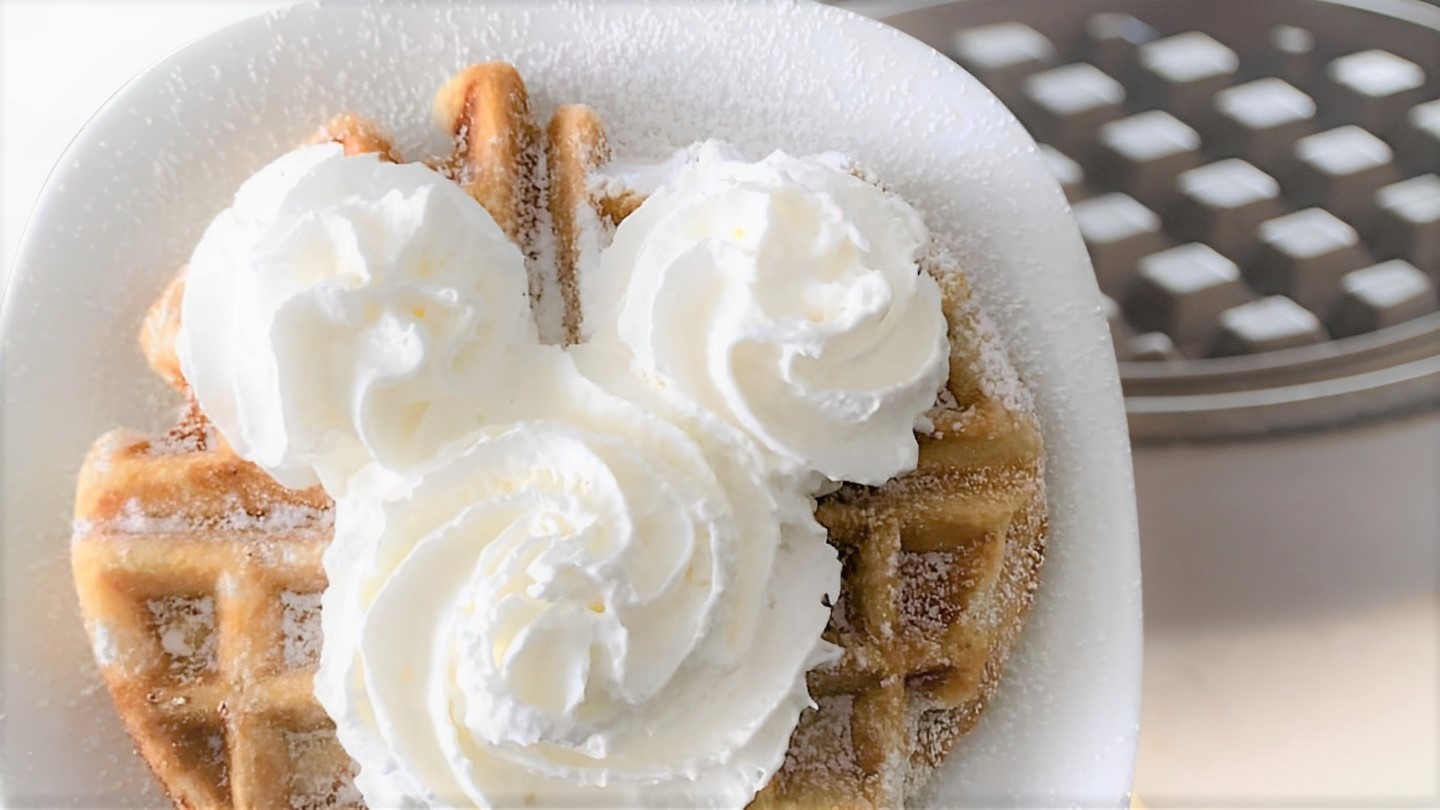
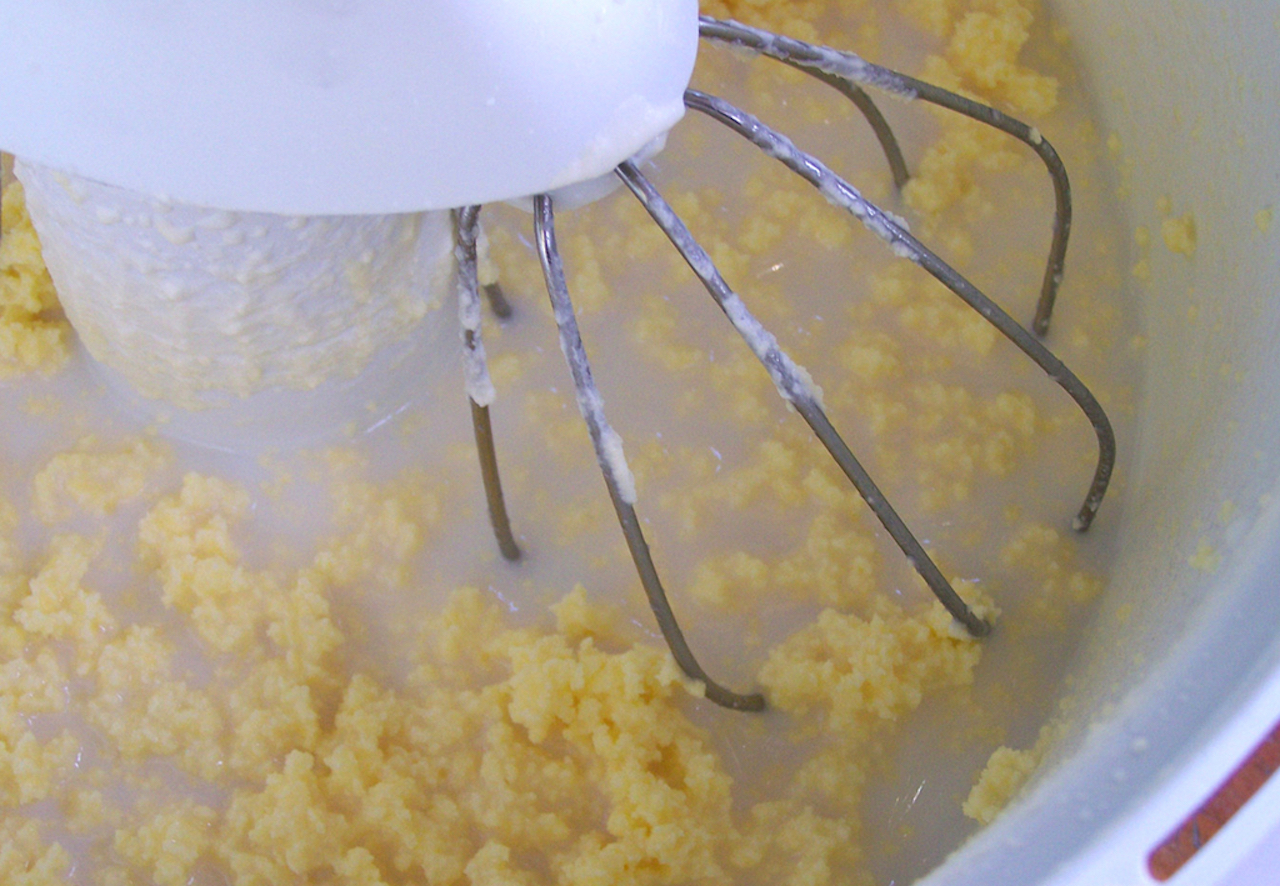
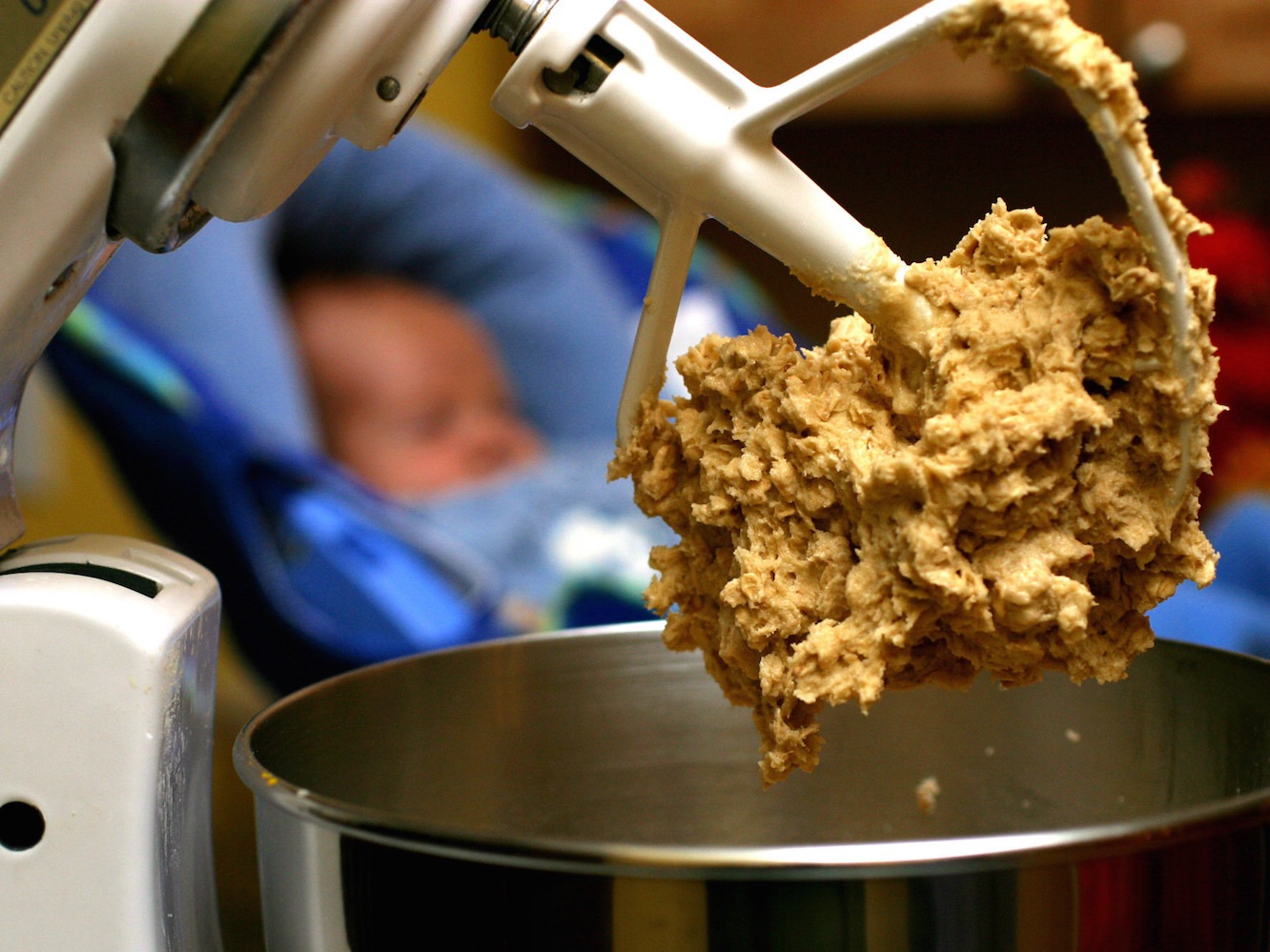
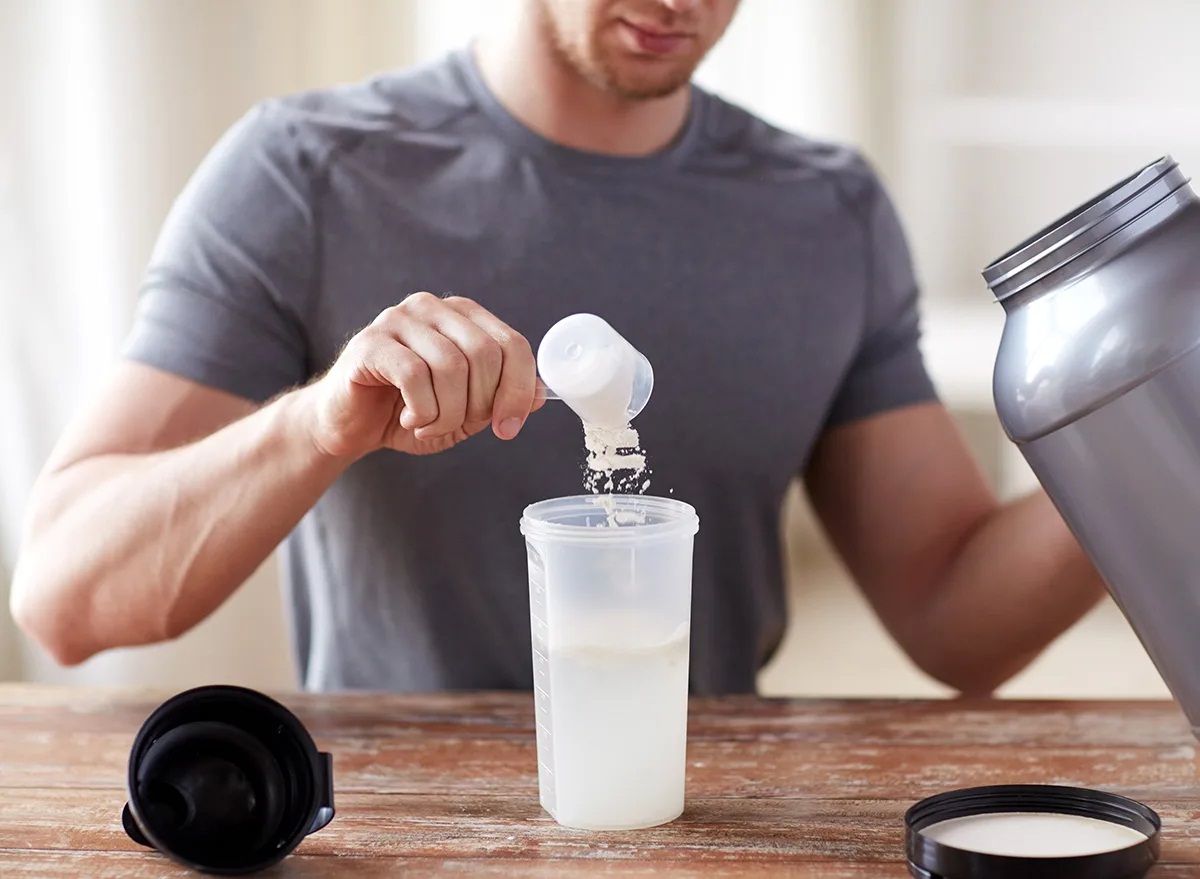
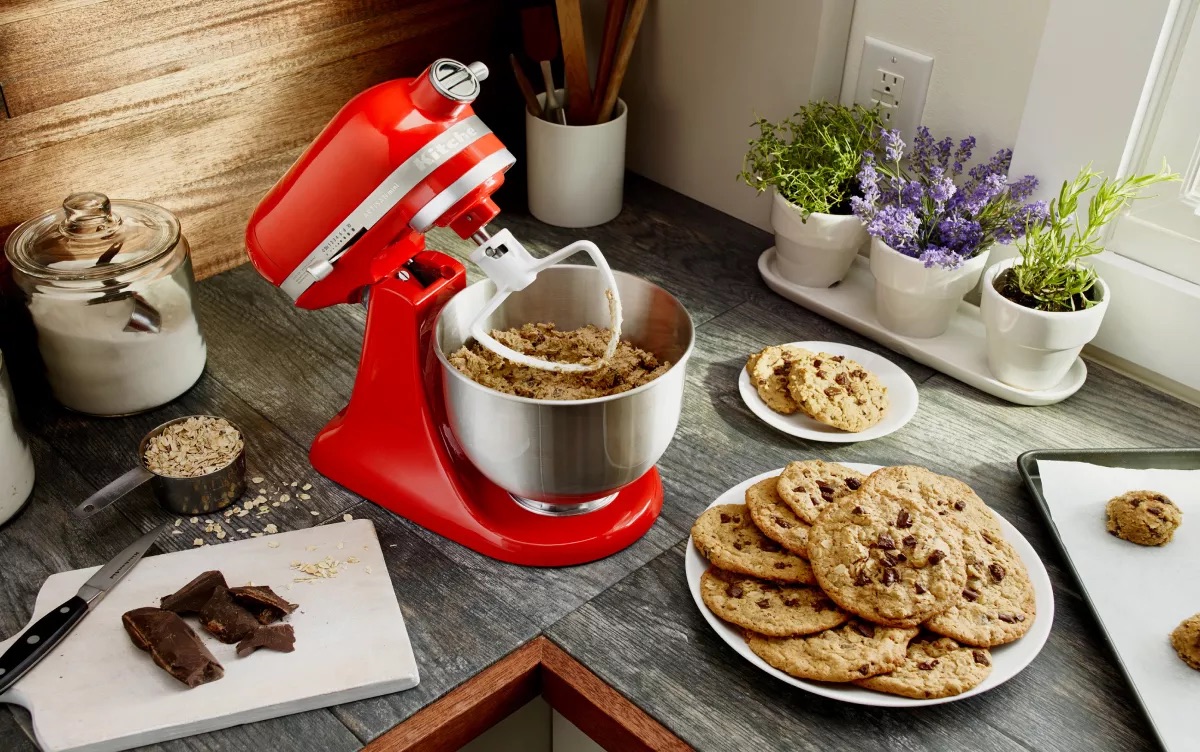
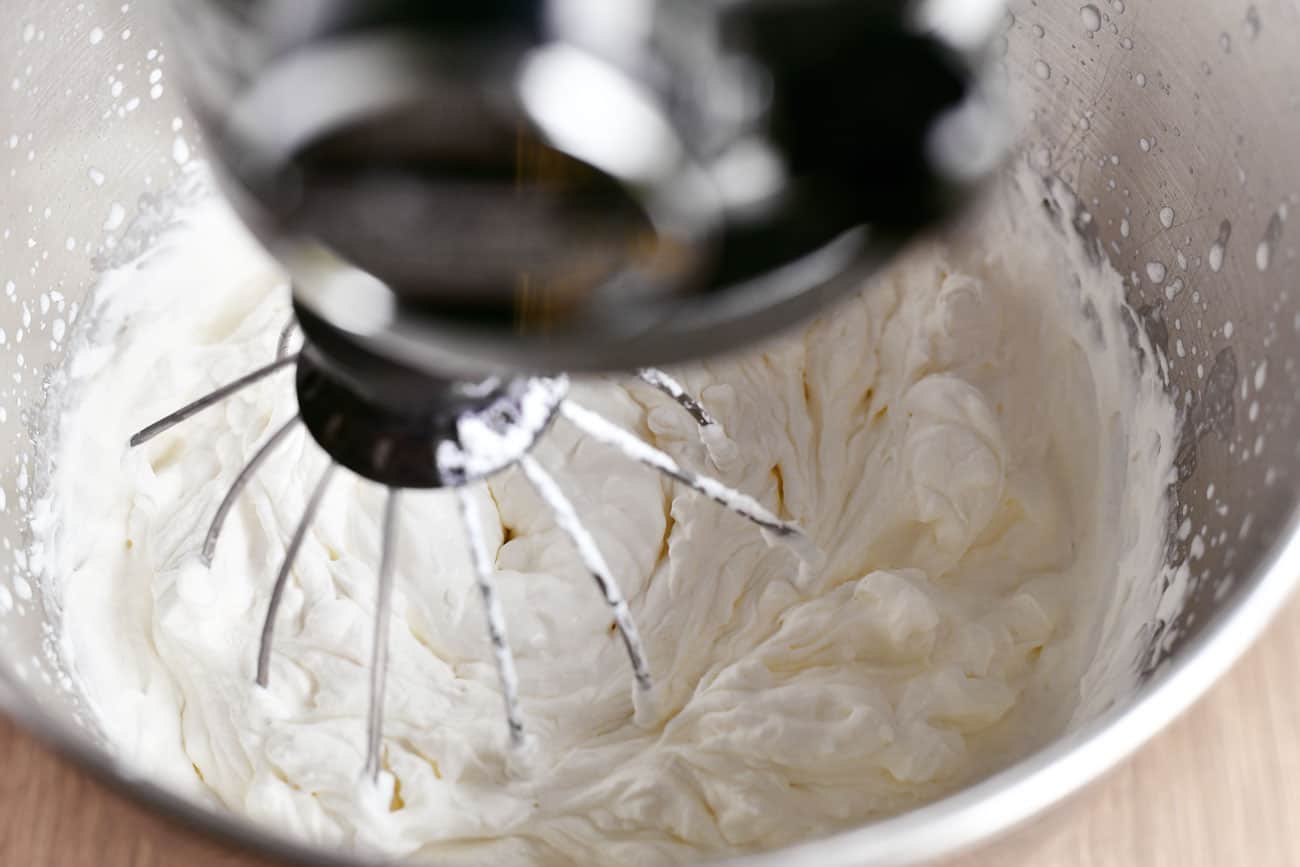
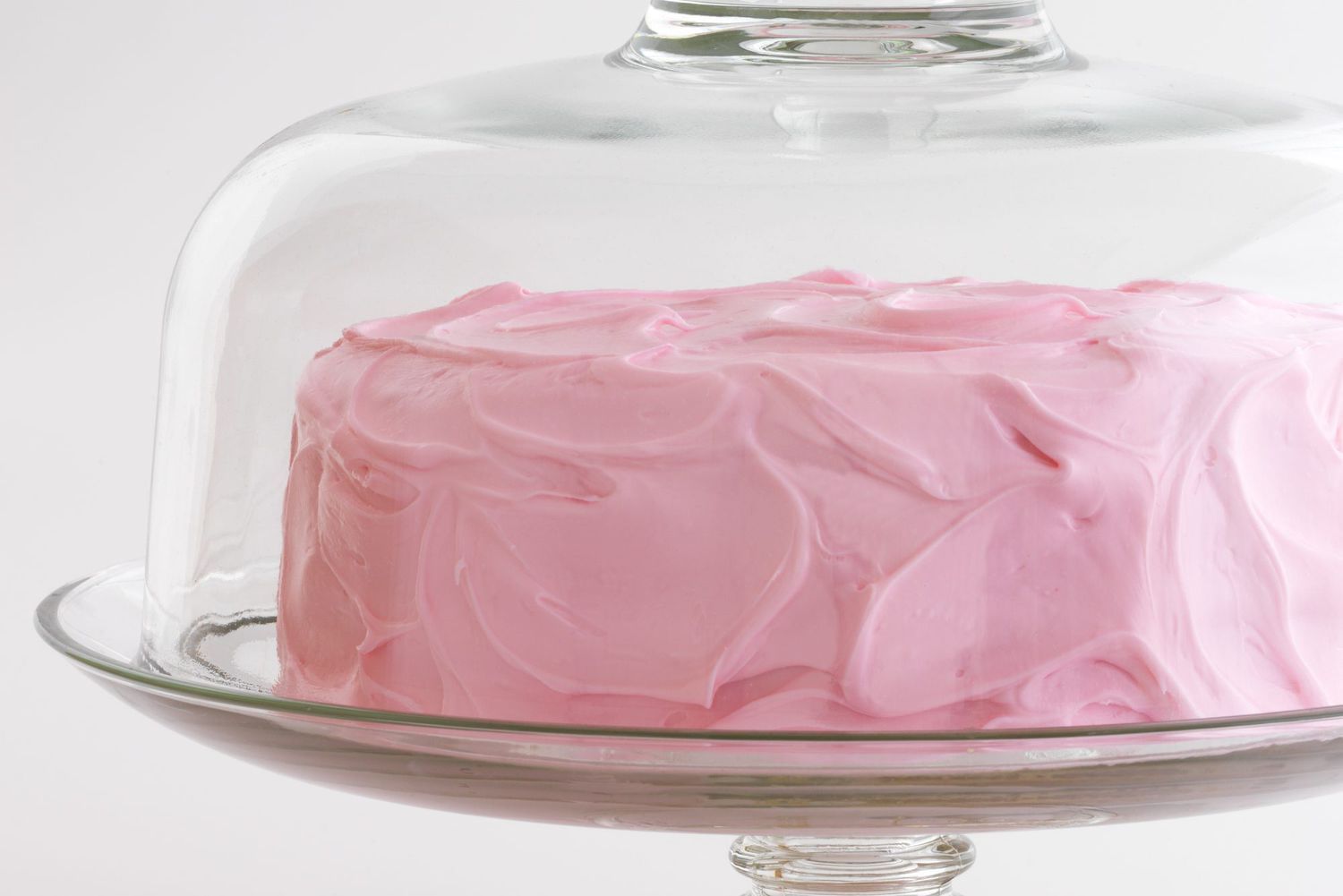
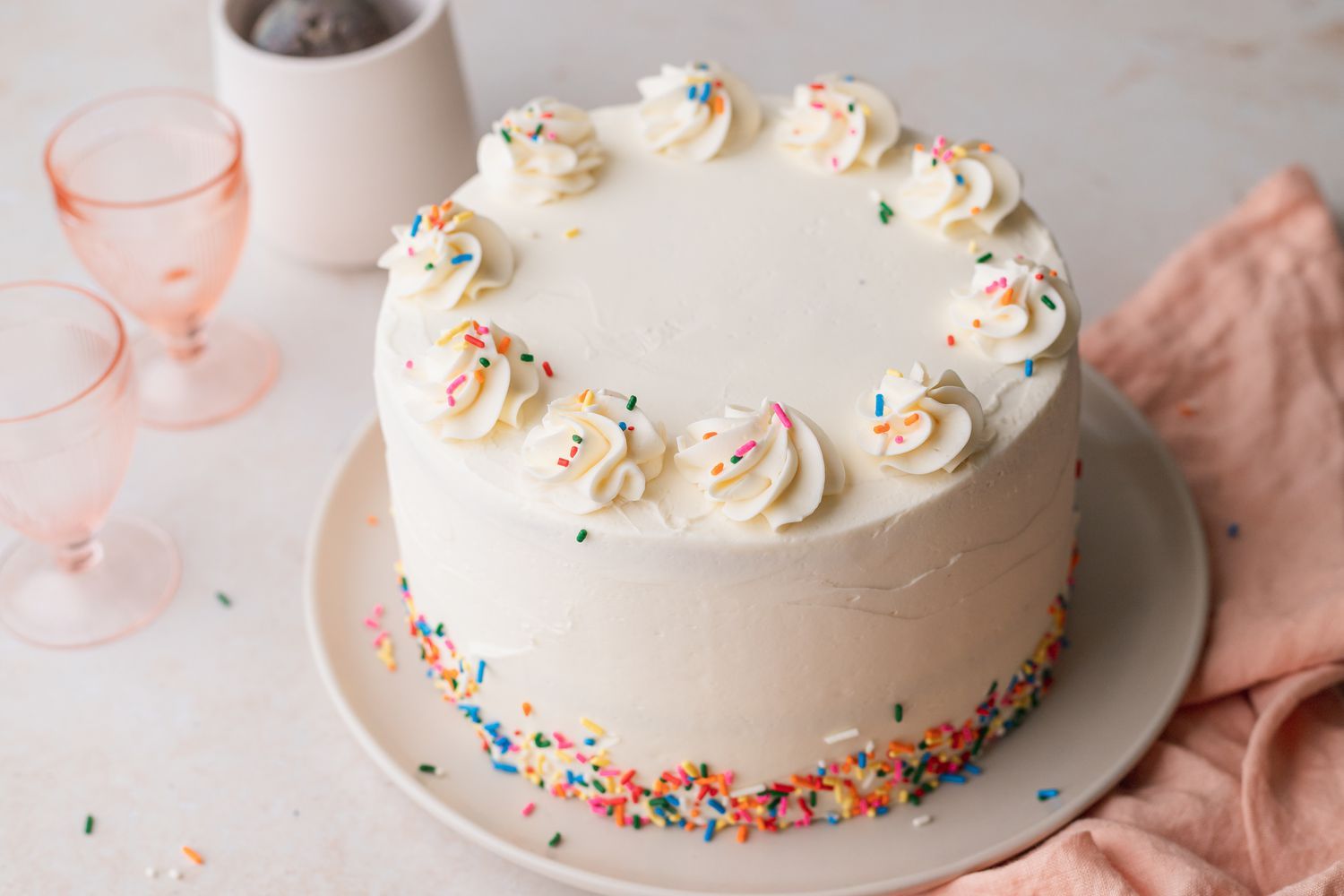

0 thoughts on “How To Mix Cake Batter Without A Mixer”